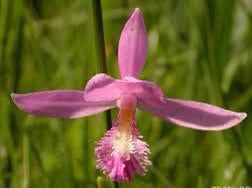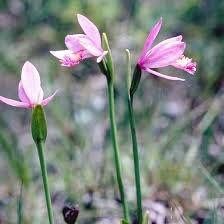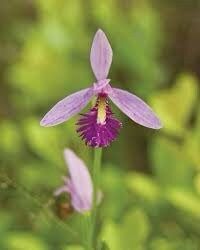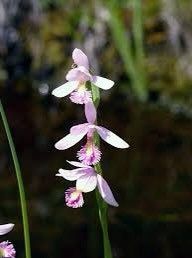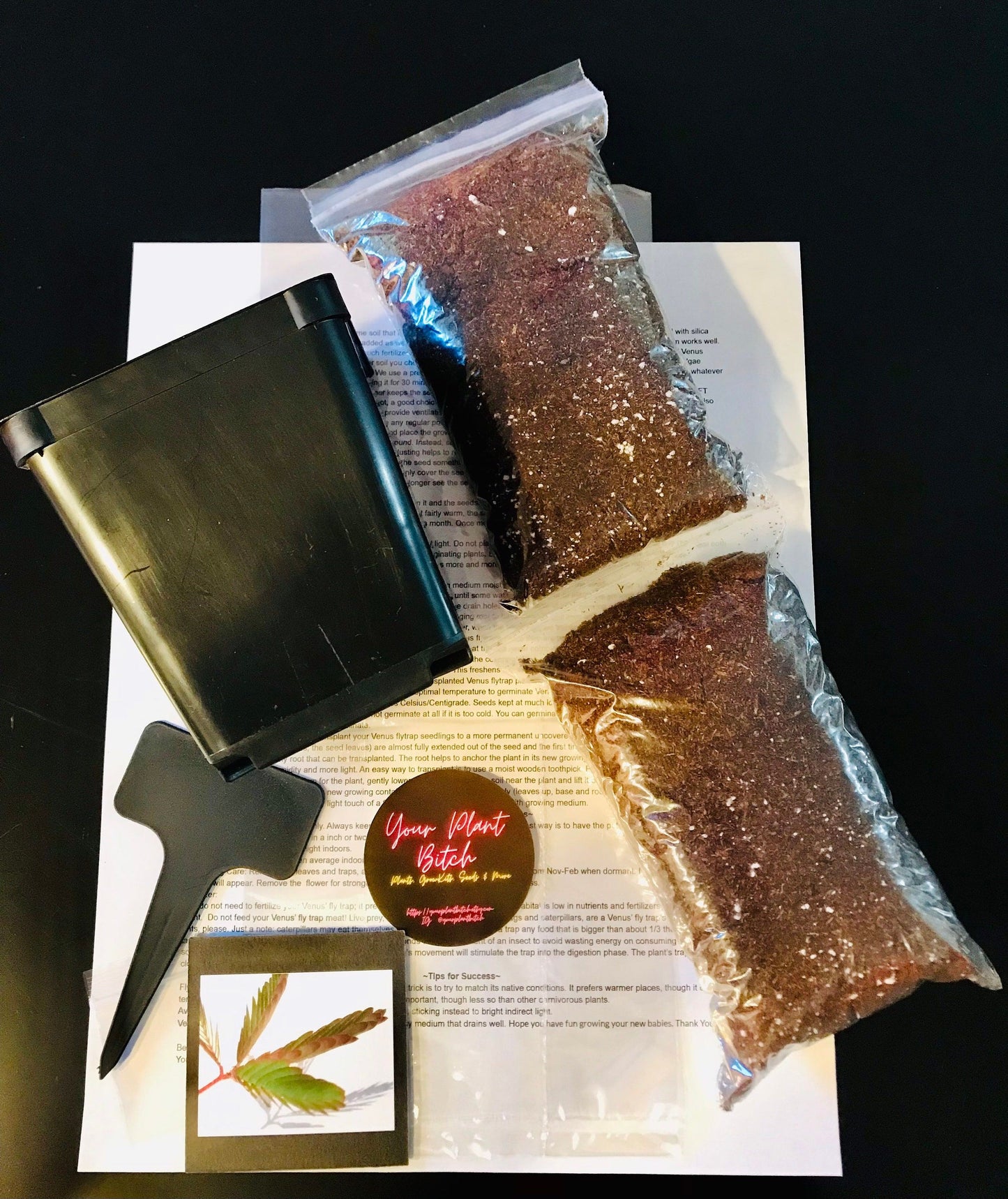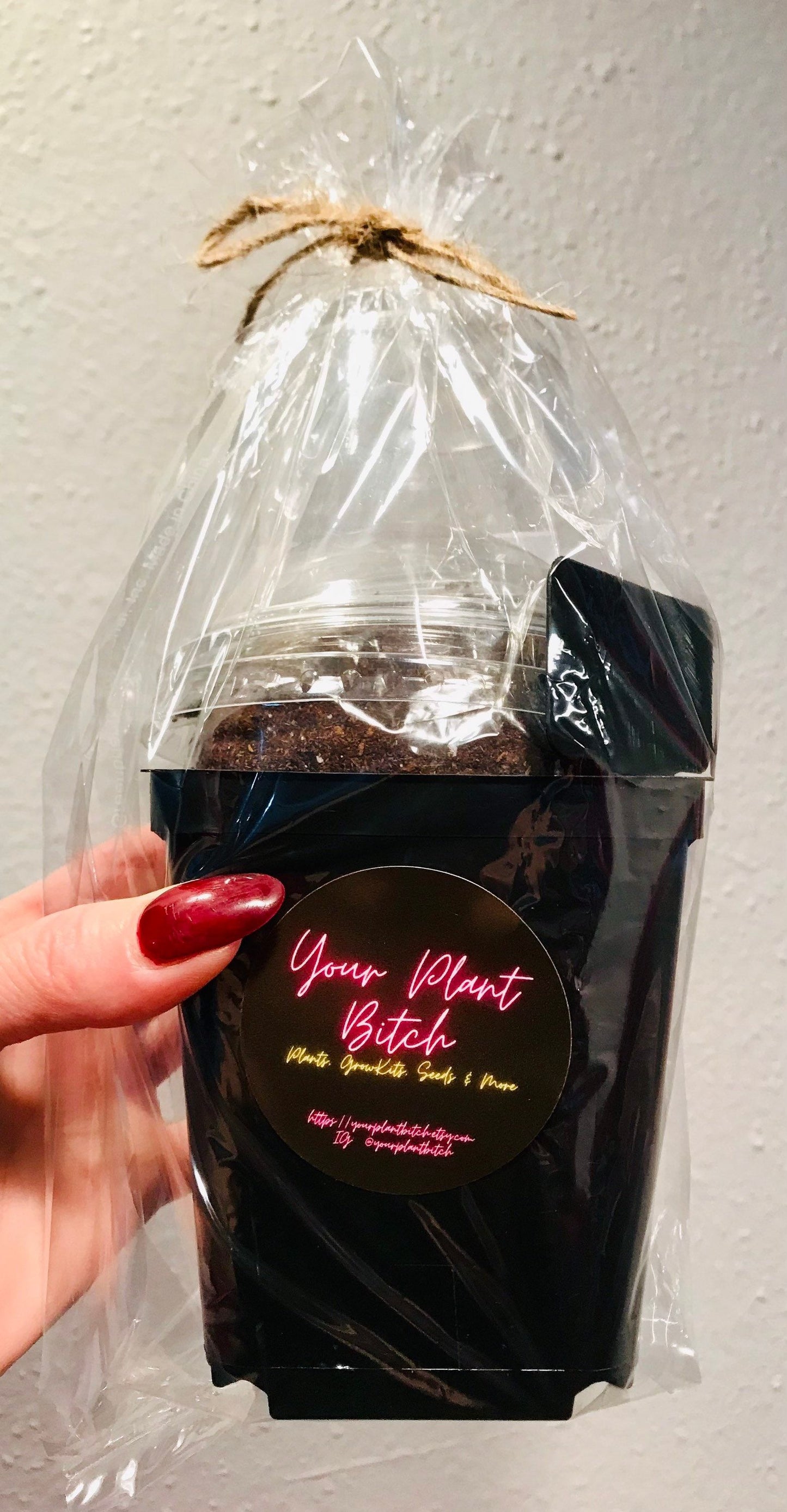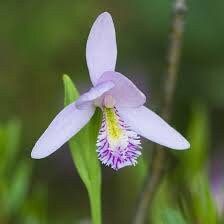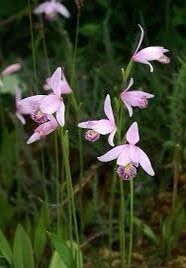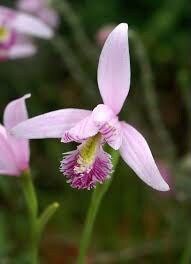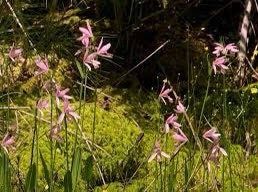Your Plant Bitch
Pogonia Ophioglossoides Orchid Starter Grow Kits ~ Snakemouth Orchids ~ Rose Pogonia ~ Stocking Stuffers
Pogonia Ophioglossoides Orchid Starter Grow Kits ~ Snakemouth Orchids ~ Rose Pogonia ~ Stocking Stuffers
Couldn't load pickup availability
Pogonia Ophioglossoides, commonly called Rose Pogonia, is found across central and eastern Canada and the United States, from Texas to Newfoundland. It produces one leaf mid-way up its stem, and has one (rarely two or three) pink or rarely white flowers. The edges of the labellum are lacerate; along the center of the labellum, there are several rows of dark pink, purple, or yellow hairs, giving the flower a bearded look.
Pogonia ophioglossoides is considered globally secure, although it is rare or vulnerable throughout much of its range.
~ Pogonia Ophioglossoides Orchid Starter Grow Kits
~ Includes ~
~ 10 Pogonia Ophioglossoides Orchid Seeds.
~ One (3.5 Inch) Black, Plastic Plant Nursery Pot.
~ One, Blank Plant Label.
~ Your Plant Bitch’s Special Orchid Mixed Soil (4 Cups-ish).
~ 1 Tablespoon(ish) of Horticulture Sand.
~ Grow and Care Instructions.
* Pogonia Ophioglossoides Orchid Seeds are available.
✨ Follow Me ✨
Instagram: YourPlantBitch
Facebook: Your Plant Biitch
🩷Pogonia Ophioglossoides Grow and Care Instruction🩷
Height: 2" - 6".
Plant Type: Perennial, cold temperate.
Soil: Bog Orchid Mix.
Soil pH: 4-5.
Light: Full to Partial Sun.
Use: Grows best outdoors in the bog garden or pots.
Ease to Grow: Easy.
Dormancy: Recommended
Native Range: Peat Bogs of Eastern and Central North America.
Zones: 3-8 (2-10).
Rose Pogonia, Pogonia ophioglossoides, produces a single, rose colored flower at the top of a 1 leafed stem. It is a simple charmer. The pink petals are lance shaped and wide spreading. The lip has dark pink with frilly edges, and a bright yellow beard. The blooms are 1+" (2cm) across and occasionally come in pairs or trios on the stem. It is a summer bloomer. It is a bog plant which grows in open, acidic bogs with sphagnum moss. It does best in very wet conditions, and frequently grows a long stolon up from which multiple plants spring up. It is winter hardy, and should be protected from rodents during dormancy. Mulch with 4+" of pine needles in the Fall. Leave at least a 1" of needles after spring cleanup. The rhizomes can be stored in damp sphagnum at 35°F (2°C) in a refrigerator for 3 or 4 months. Water with rain/distilled water, they are sensitive to mineral buildup. It spreads nicely and grows well among sundews, venus flytraps, and pitcher plants. It is a bog jewel.
Soil: 1:1:1:1: peat:sand:chopped sphagnum:pine bark fines.
Container: 6+" plastic pot.
Watering: moist to well drained.
Light: full to part sun.
Temperature: warm summer, cool winter-tolerates frost.
Humidity: medium.
Location: outdoors, greenhouse.
Dormancy: yes.
Habitat
Bog Orchids are Hardy Orchids that grow naturally in the bogs, pocosins and fens of primarily eastern N. America. They typically prefer open and sunny wetland habitats where the peat/sand soil is consistently damp. Most species grow across multiple hardiness zones from Zones 3 to 9 making them adaptable from deep winter freezes to milder temperate winters. They frequently grow in association with sphagnum moss and carnivorous plants, making them excellent companions for the bog garden.
Culture
Bog Orchids grow in the same conditions as carnivorous plants. They prefer consistently damp, peaty, sandy soil and full to partial sun. They typically do not need mycorrhizal (symbotic fungal) associations like other terrestrial orchids. Grow Bog Orchids as you would Sarracenia. The standard CP soil mix of peat and sand works well. I find that they grow better with chopped sphagnum and pine bark fines added to their soil. Mature bog orchids prefer a wider large pot of 6-8+” (15-20cm) because their roots usually grow long and shallow. Most do best when the soil is evenly moist, but not soaking wet. They can tolerate very wet, even submerged conditions, for weeks at a time. Let the soil become drier; yet remain somewhat moist, during winter dormancy. Water from below with mineral-free water. The tray method works very well. Stand the pot in a tray or saucer and keep about 1” (2.5cm) of water in it at all times during the growing season. Bog orchids prefer full sun, growing in and among grasses and other bog plants. Provide a winter mulch of 4-6" of weed free hay or pine needles. Best flowering occurs in mature, undisturbed plants.
💕 Please visit YourPlantBitchcom, explore all of my exclusive collections including my newest items. Rest assured, my main concern is my customers always!!! I try to provide the best customer service and strive to create a positive shopping experience for my customers. I’m always available to answer any questions or concerns you may have before and after your purchase. Custom orders are welcome!!! I can even include a handwritten gift card for no additional cost. Feel free to send me an offer since I will always do my absolute best to work with my customer’s offers. Contact me with any questions or if you’re interested in my sold~out items or need different quantities.
Thank you so very much for supporting my small business!!! 🪴Happy Planting🪴
💚 Best Wishes, Your Plant Bi*ch (Quinn)
Share
